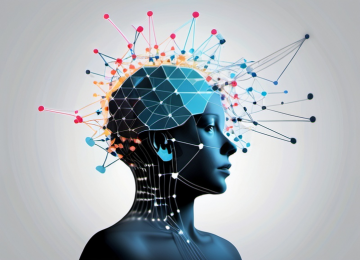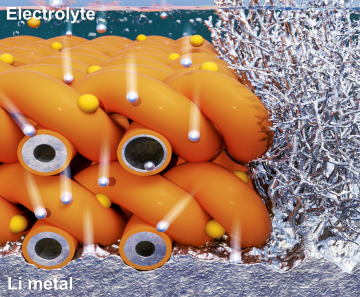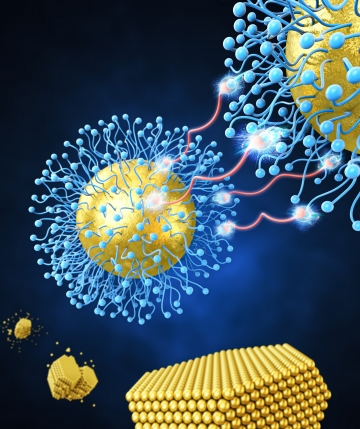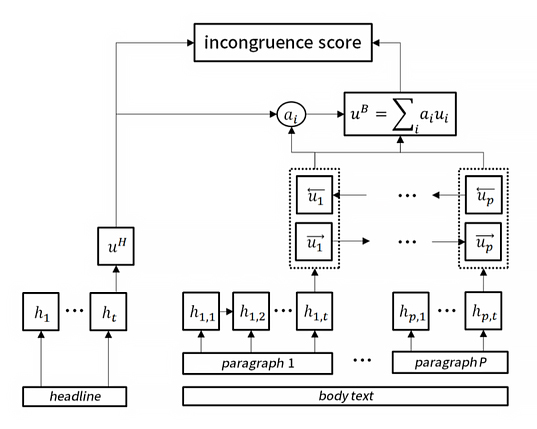KAIST
BREAKTHROUGHS
Research Webzine of the KAIST College of Engineering since 2014
Spring 2025 Vol. 24Using deep learning to detect fake news online
By building recurrent neural networks trained on a million-scale dataset gathered from domestic news portal services, the potential of deep learning for detecting fake news online was discovered.
Article | Spring 2019
Fighting falsehoods online is considered one of the grand challenges of the 21st century. Many news stories that are shared online lack verification of sources and veracity and thus pose significant threats to the society. When readers decide on which news stories to consume, news headlines play an important role in making the first impressions and thereby affect the viral potential of news stories on social media platforms.
Correct news headlines are even more important today because, in digital environments under information overload conditions, people are less likely to read or click on the whole content but just consume headlines. As a result, it is common to observe link-based sharing, where people circulate news headlines without necessarily having read the full news story. Furthermore, an initial impression gained from the news headline is persistent such that its stance is known to remain even after reading the whole news content. Therefore, if a news headline does not correctly represent the news story—or is “incongruent”—it could mislead readers into advocating overrated or false information, which then becomes hard to revoke. This type of misinformation is widely known as clickbait.
The Data Science Lab (https://ds.kaist.ac.kr/, led by Prof. Meeyoung Cha) tackled this challenging problem. The team utilized deep learning approaches, which showed remarkable performance gains over traditional machine learning benchmarks. The team participated in a nationwide AI challenge for detecting several types of online misinformation including news clickbait. By building recurrent neural networks trained on a million-scale dataset gathered from domestic news portal services, the team discovered the potential of deep learning for the crucial problem and won the first place among college teams.
The research team found that simple recurrent neural networks are unable to learn the complex textual relationship between the news headline and the full news content. The length of a news article can reach up to thousands of words, leaving simple recurrent models to suffer from representing numerous words into a fixed-size vector. To overcome this limitation, the team proposed a hierarchical architecture that can efficiently learn textual representation from a word-level to a paragraph-level of a news article. When trained over a million-scale dataset, the models achieved a stellar accuracy of 0.977. This result will be published in a paper, “Detecting Incongruity Between News Headline and Body Text via a Deep Hierarchical Encoder” at the Thirty-Third AAAI Conference on Artificial Intelligence (AAAI-19). The team is currently developing a lightweight web interface that assists everyday news readers in avoiding clickbait. The team is collaborating with AI experts in the field (Prof. Kyomin Jung at Seoul National University and Prof. Kunwoo Park at Qatar Computing Research Institute) to tackle real-world problems and mitigate emerging threats of misinformation and fake news, towards building an environment for clean journalism and a green web.
Most Popular

When and why do graph neural networks become powerful?
Read more
Extending the lifespan of next-generation lithium metal batteries with water
Read more
Professor Ki-Uk Kyung’s research team develops soft shape-morphing actuator capable of rapid 3D transformations
Read more
Smart Warnings: LLM-enabled personalized driver assistance
Read more
Development of a nanoparticle supercrystal fabrication method using linker-mediated covalent bonding reactions
Read more
